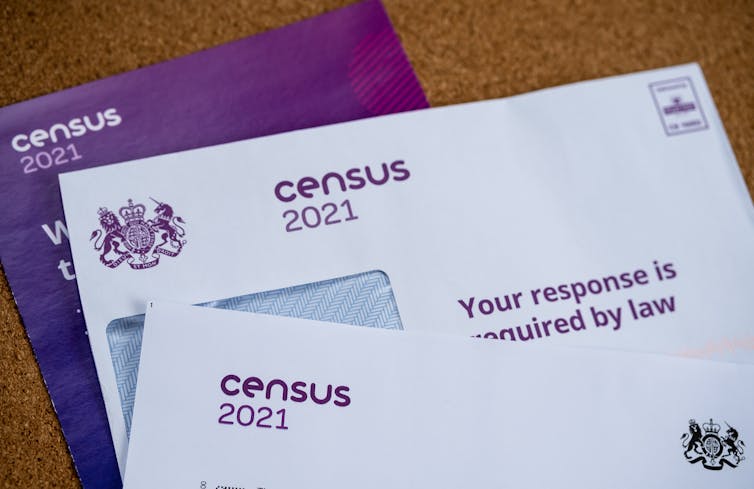To engage LGBTQ+ people in figures collection, we need to look at his harmful history
In the 1950s, the UK investigation formed a committee to review fears of a homosexual “problem” in Britain. This was to a certain extent sparked by a series of scams, including the exposure of a Soviet spy ring of gay and bisexual men at the heart of major cultural while politics institutions , and the assurance of mathematician and codebreaker Alan Turing for many gross indecency.
Typically the Wolfenden Committee published their discoveries in 1957, recommending the decriminalisation amongst sex between men hardy 21 and over. The panel also made a interested in statement about the absence of honest data:
So far as we are able to discover, there is no accurate information about the number of men in Great Britain who either have a lesbiana disposition or engage in invertido behaviour.
The history of information about LGBTQ+ people might be troubled by gaps and as well , absences. The national census, for example , only asked difficulties about sexual orientation together with trans/gender identity for the first time in 2021. Population records data from the census is used subject policies and make decisions that’s about funding for services. Causing out data about or perhaps a orientation and trans/gender temperament means that the specific needs and as a consequence experiences of LGBTQ+ communities have been overlooked.
In the valuable cases where data could be collected about individuals who got destroyed gender, sex and sexuality norms, it was often used to assist you to “prove” criminality, deviance or difference. For example , records can be achieved the names of men priced with crimes related to homosexual training or members in studies of homosexuality, in which same-sex attraction was taken as a mental illness .
The damaging history of personal information is often left out of negotiations about the importance of LGBTQ involvement in major research soccer drills for kids, such as the census and the INDIA government’s national LGBT survey .
Careful data collection
Today’s relationship between statistics and LGBTQ+ communities could be partly the product of a cultural where data functioned like the tool to stigmatise, pathologise and inflict harm.
Better data about LGBTQ+ living exists today than since the Wolfenden Committee. This advice data can reveal the consequences of discrimination on rules this shape everyday life, and présente differences for LGBTQ+ organizations in everything from the use of public haul , experiences of healthcare to educational attainment .

Only there is no easy way out to the damage caused by the damaging history of data collection. LGBTQ+ communities are told, by way of those in positions ture of power, that to change the sabotage we first need to grab evidence about the nature, sized and scale of the nightmare before work can start. But , considering data’s darkish past, why should we involve yourself?
In projects involving the number of data about LGBTQ+ online communities, I ask myself those questions before I agree to share my data:
What does the project aim to achieve?
The collection and additionally analysis of data is not a goal in itself. What problem does the data specifically intend to home? It is also vital to assess regardless of if the project creates more nice than harm, and tom potential benefits outweigh the actual dangers.
Which will make decisions about the resources?
LGBTQ+ people should make conclusions about data that disproportionately affects their communities. Anywhere this is not practical, or you will find a risk of overburdening a small number of employees, decision makers should be conversant with LGBTQ+ issues and people.
Is more data required to respond the problem?
Do not assume the need for a great deal more data –- enough evidence of a problem might already breathe to justify the need for project. Similarly, does the data present day an authentic account of LGBTQ+ lives? This might be a matter of collection and analysis treatments, such as multiple response set ups and the provision of open-text boxes, to produce a more heart-felt reflection of lives and also experiences.
To engage LGBTQ+ people in figures collection, we need to look at his harmful history
Source: Article Updates PH

Mag-post ng isang Komento
0 Mga Komento